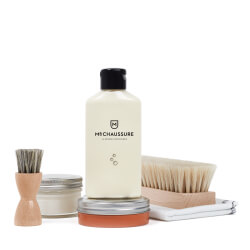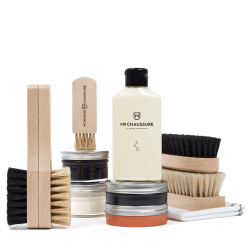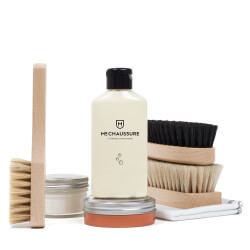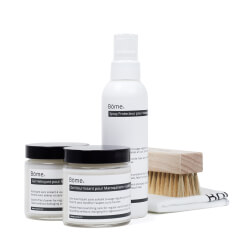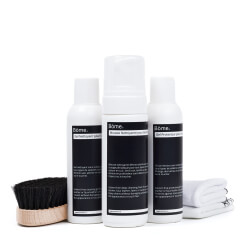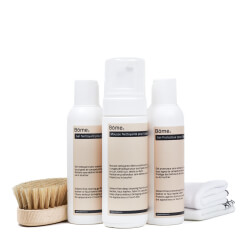Repairing imitation leather: Our tips
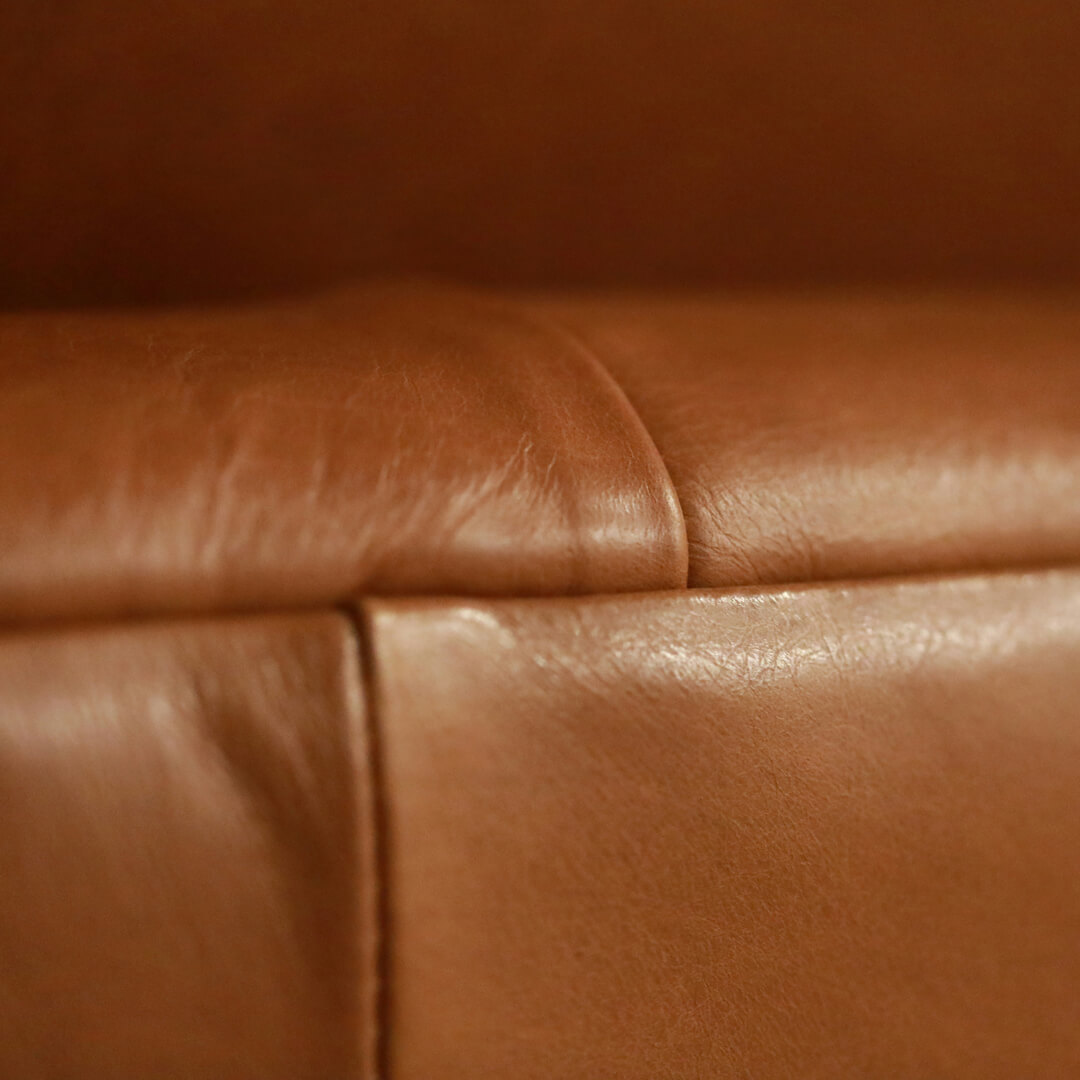
Introduction: How to repair imitation leather?
As specialists in shoe and accessory care, we decided to explore new territory: repairing imitation leather. Imitation leather is also known as skai or synthetic leather.
Faux leather is a popular alternative to real leather. It offers remarkable style and durability. However, over time it can show signs of wear, such as cracked or scratched areas.
In this article, we'll guide you through a detailed process for effectively repairing imitation leather. Our advice applies to all surfaces, including a cracked leatherette sofa.
These simple steps will help you achieve the best results while prolonging the life of your furniture. All the products described in this article are available in our online shop.
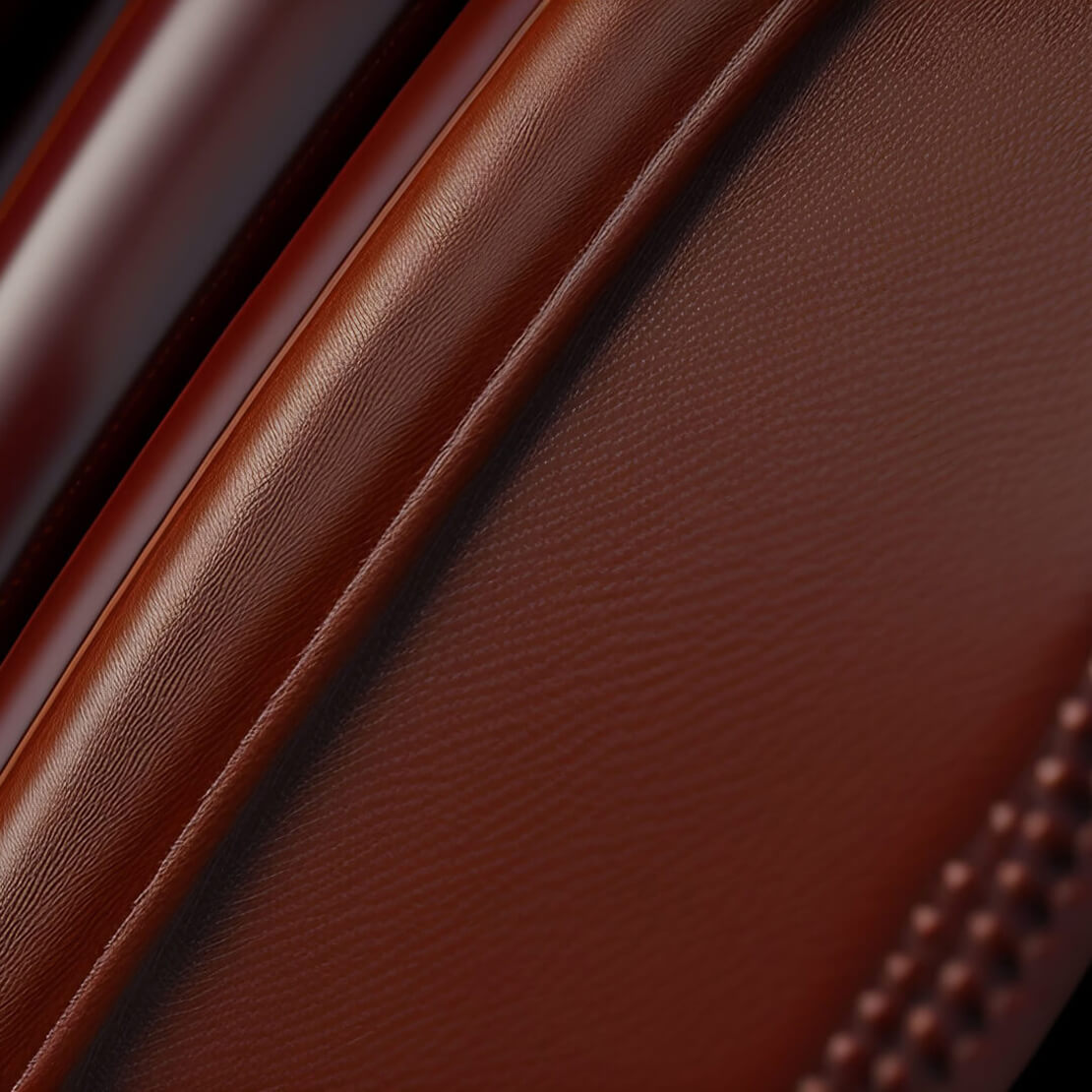
The secrets of imitation leather
Imitation leather is an attractive alternative to natural leather, but it's not always easy to tell the difference. Our guide teaches you how to recognise the distinctive characteristics of leatherette so you can apply the appropriate care. Between lightness, waterproofing and shine, find out how to distinguish the real from the fake.
In the dedicated article, you'll find out everything you need to know about this synthetic material.
When should synthetic leather be repaired?
Before repairing your imitation leather, we recommend that you take a look at the condition. Learn to recognise the signs.
Deterioration can take several forms. They include drying out, cracking, crazing, holes, tears and discolouration. All these problems can occur over time. So it's crucial to intervene quickly.
Don't put off the operation, because imitation leather is likely to become even more damaged. The longer you wait, the more irreparable the damage. Now that you've identified the marks, find out why repairs are essential
Repairs are essential to extend the life of your synthetic leather items. Not only does it considerably increase the lifespan, it also preserves the beauty of your item.
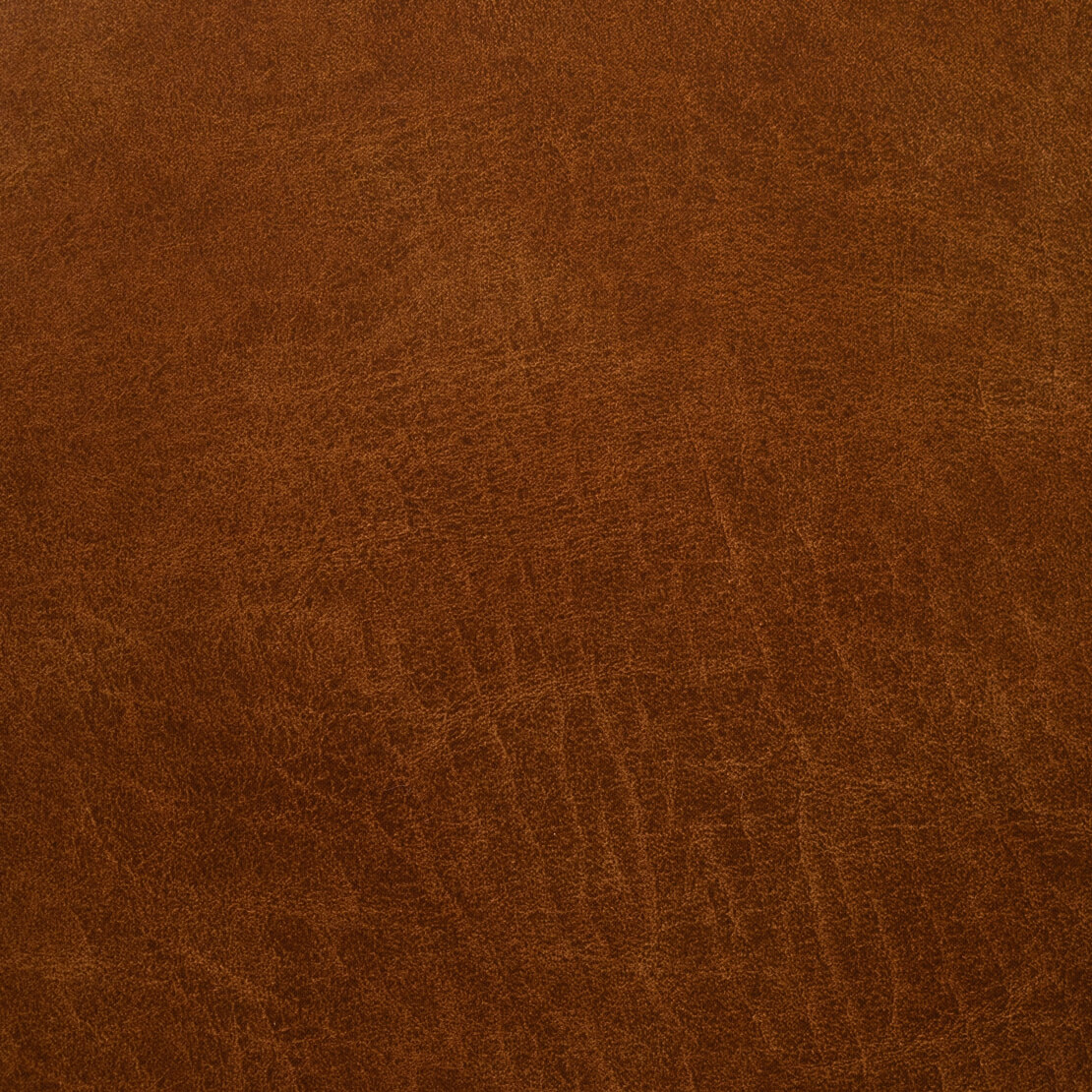
Before repairing imitation leather
Before starting the repair, identify any cracked, torn or scratched areas. This is a crucial step in determining the repair products required.
Using a clean cloth called a chamois, clean the surface of the leatherette with a cleaner, using circular movements. Depending on the surface, you can use a suitable cleaner. For example, cleansing milk for shoes, cleansing gel for handbags, car upholstery and sofas.
Make sure you remove all dirt, dust and residue. This deep-cleaning step is essential. It ensures optimum adhesion of the repair products.
To repair imitation leather, use recolouring products. For shoes, use Juvacuir to repigment leatherette. For leather goods, cars and sofas, use renovation milks.
Example: Repairing the leatherette on your sofa
In this article, we're going to give you an example of how to repair the faux leather on your sofa.
You need to start by dusting your leather sofa with the Bōme cleaning brush. Next, clean thoroughly with Bōme sofa cleaning gel. It is applied with a chamois e, making circular movements.
This product can be applied to all areas. The area to be repaired or the cracked area is ready to receive the repair product. The renovation milk fills in cracks and evens out the colour of your leatherette sofa.
We recommend that you continue with the nourishing gel to get the best results and avoid transfers. Finish with the protective spray and leave to dry completely before sitting down again. You can carry out a test with a soft, clean cloth by passing it over the sofa; it should remain white.
You've just repaired a sofa in imitation leather or synthetic material!
If in doubt, consult the manufacturer's instructions to avoid skipping a step.
Cracked imitation leather will be restored to its original appearance and effectively repaired to last for a long time in the best possible condition.
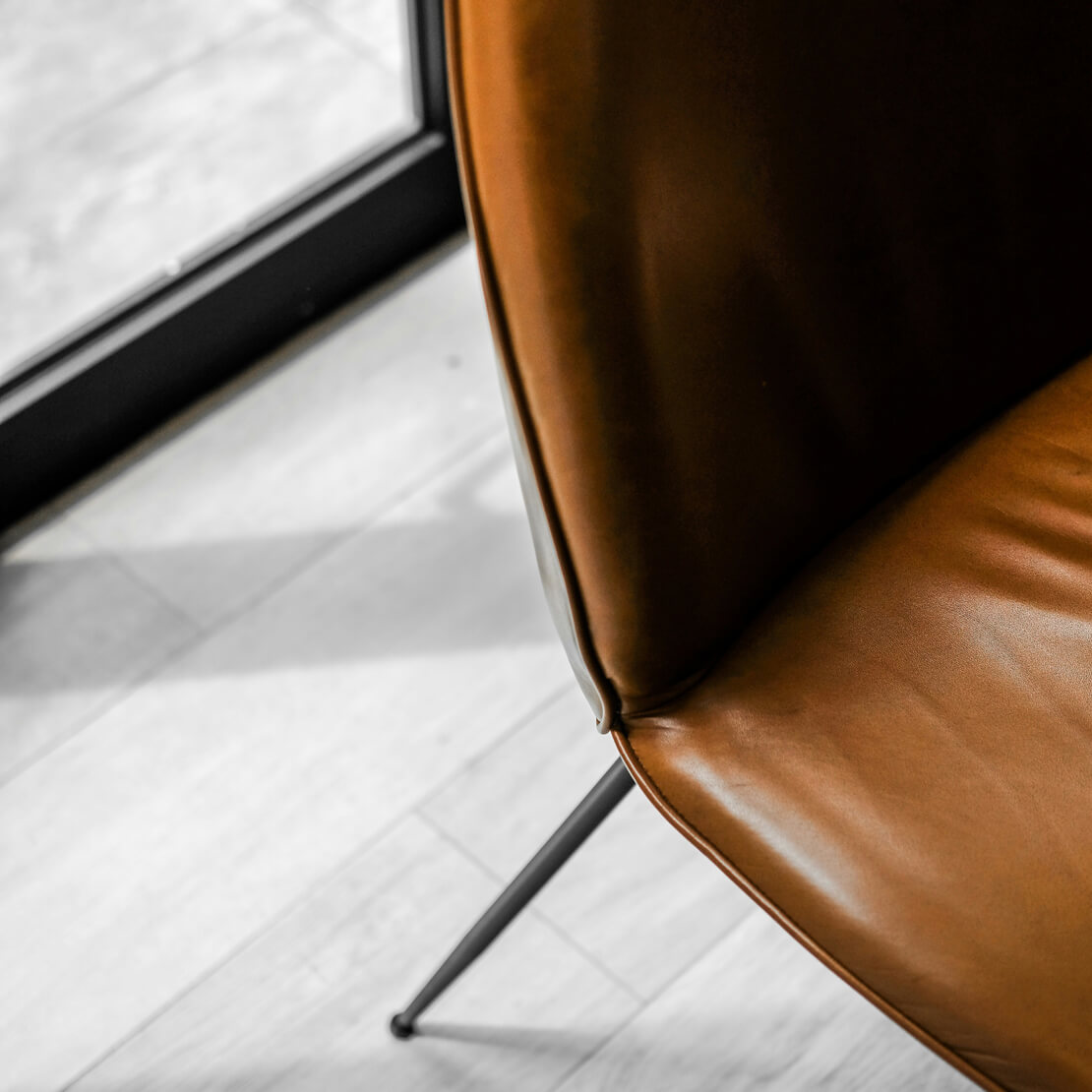
Keep repairing with regular maintenance
We have written an article on imitation leather and how to clean it.
We recommend maintaining it once a month. Discover our tips for regular maintenance to keep your synthetic leather looking beautiful. Weekly dusting, proper washing and waterproofing every three months are the keys to preserving the quality of your items.
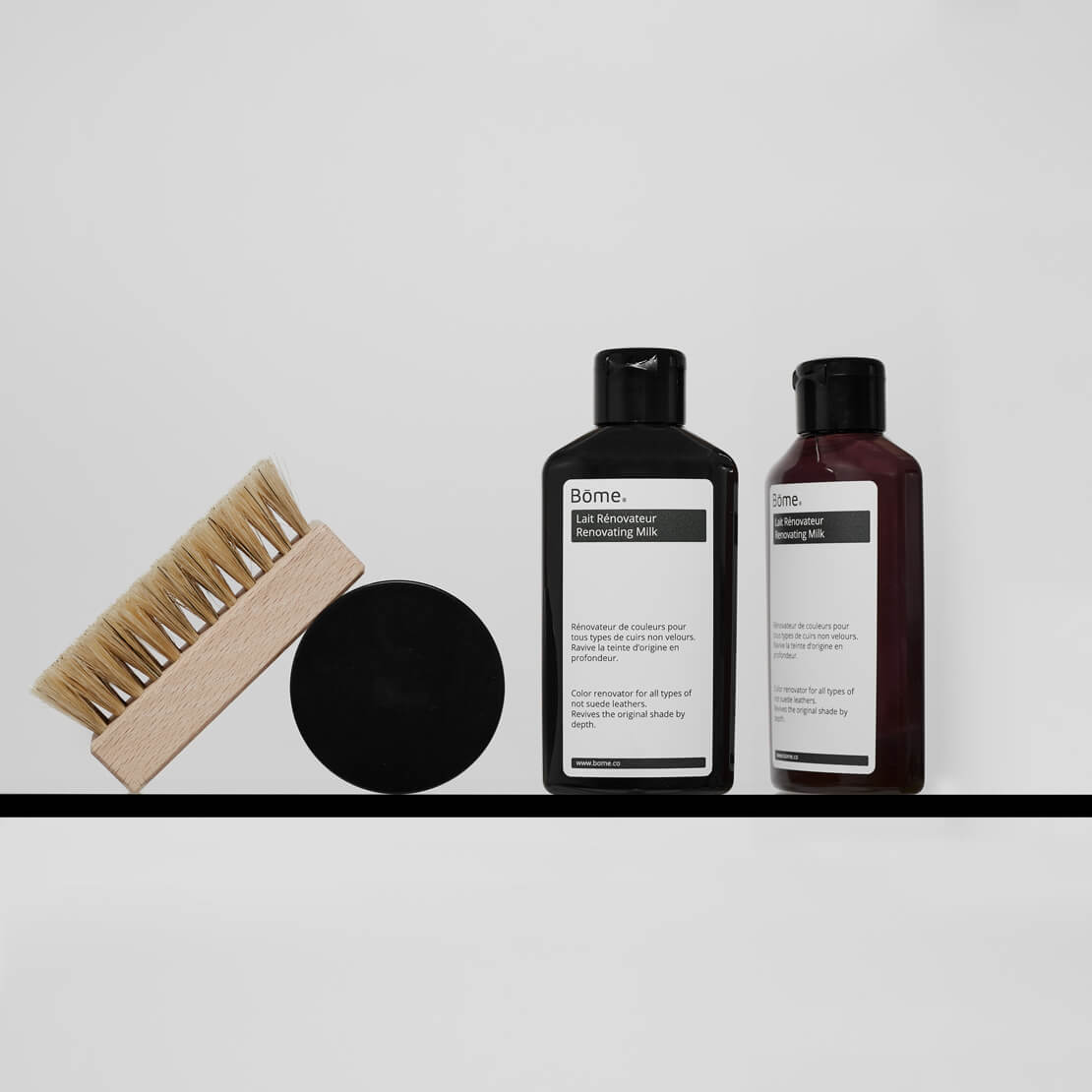
Conclusion
By meticulously following each stage of the repair process, synthetic leather will regain its suppleness, its original appearance and a brilliant colour. We offer suitable products online, sold in kits or individually, to facilitate the repair process. If in doubt, the Monsieur Chaussure team is available to provide step-by-step guidance for those who are repairing imitation leather.
At Monsieur Chaussure, we are here to guide you step by step towards the perfect restoration of your synthetic leather. Restore its suppleness, shine and dazzling colour with our expert advice.

